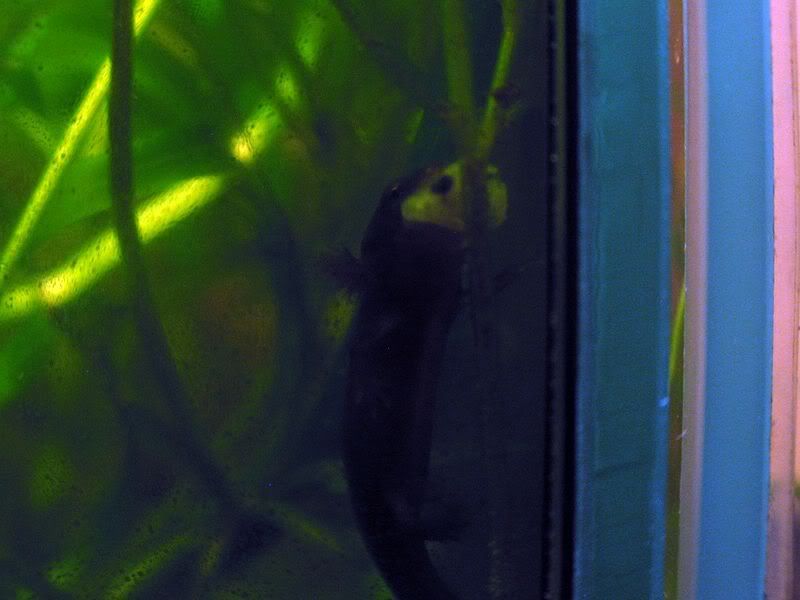xxianxx
Well-known member
- Joined
- May 19, 2011
- Messages
- 2,748
- Reaction score
- 149
- Points
- 63
- Location
- South Wales, Gwent
- Country
- Wales
- Display Name
- nai live
I have a melanoid axolotl that displayed cannibalistic behavior when it was younger and has a different shaped head and is an adept hunter of the baby guppies in its tank, would it be ok to feed it african clawed toad (xenopus laevis) tadpoles or froglets, i know they are from different continents and would not form part of its usual diet but im sure a wild axolotl wouldn't turn its nose up at a passing frog. Does anyone know of any inherent dangers if I follow this course of action? Are AFCs poisonous? I bred the frogs myself so they have effectively quarantined.

